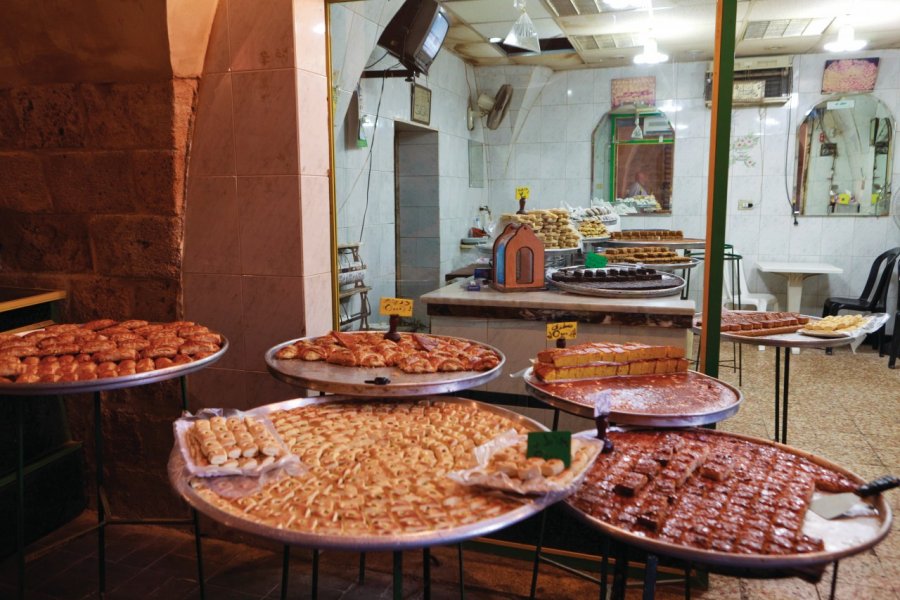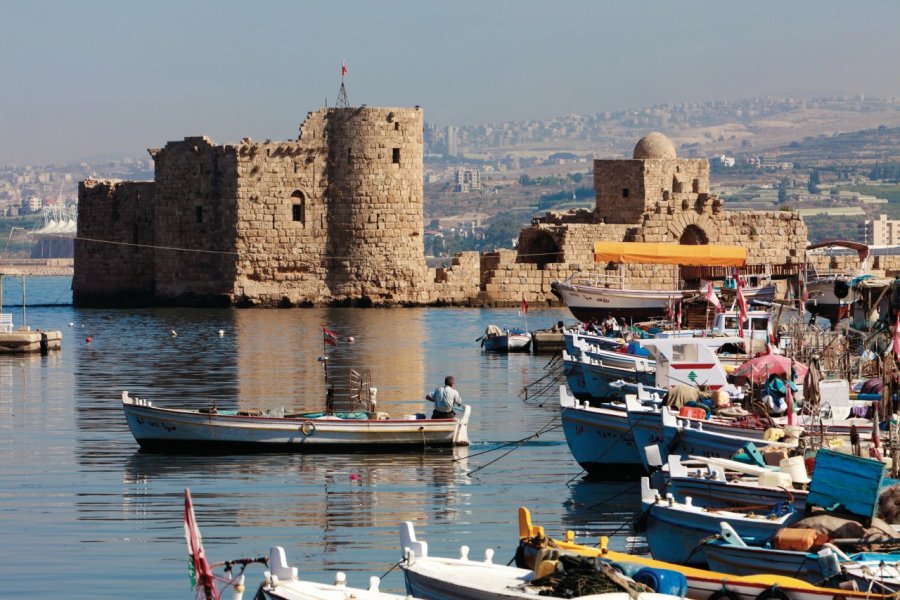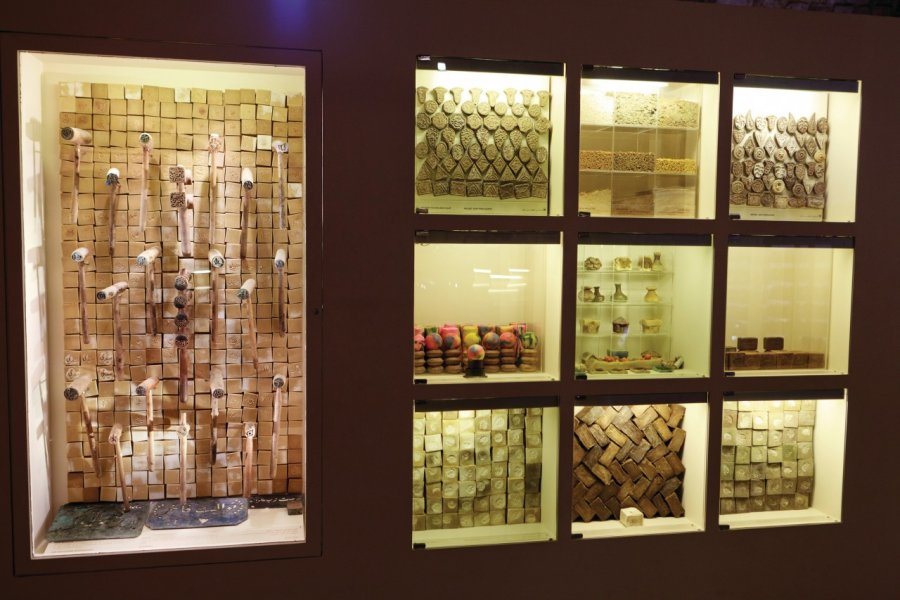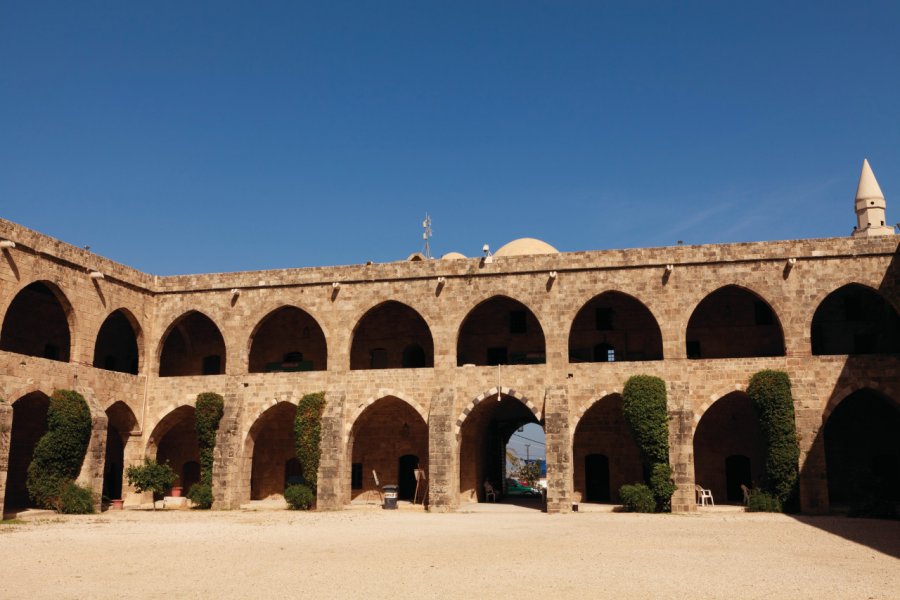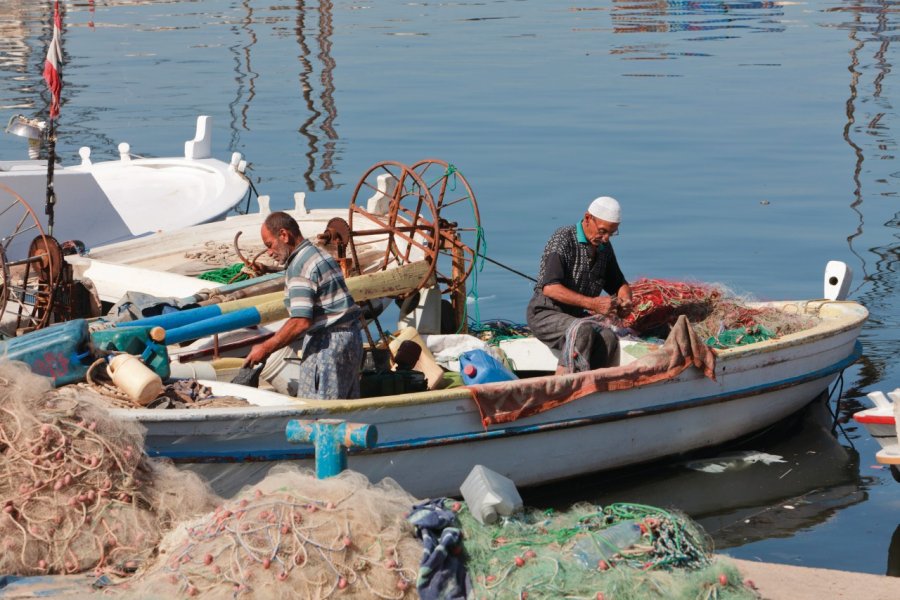Travel Guide Saïda
Find an accommodation
Advertising
Third largest city in the country (with more than 250,000 inhabitants for the entire agglomeration), capital of South Lebanon, Saida is today a particularly vibrant city. As the stronghold of former Prime Minister Rafik Hariri, the city continues to expand, nibbling on the last orange groves. From the port, where fish sellers are concentrated, to the colourful souks, the crowd never stops wandering.Saida preserves interesting historical monuments. On the other hand, there is almost no trace of the famous ancient city, except for the Phoenician ruins of the temple of Eshmoun located 4 km to the northeast. The documents referring to Sidon (Saida) date back to the 14th century BC, a period of unrest when Egypt and the Hittites fought for the domination of Lebanese cities. In the 9th century BC, the Assyrians conquered the shores of the Mediterranean and imposed heavy taxes on coastal cities. Two centuries later, the king of Sidon, Elulaeus, refused to pay. The Assyrian monarch then decided to invade and destroy the city in order to defeat this recalcitrant king. Elulaeus eventually fled to Cyprus.Under the reign of Nebuchadnezzar, the Babylonian Empire developed and Sidon regained the monopoly of trade. At the end of the 6th century BC, the Sidonians joined forces with the Persians to fight the Greek fleet. This policy earned the city a privileged place in the Persian Empire. It was at this time that the temple of Eshmoun, which became a famous place of pilgrimage, was built. After an attempt to liberate Sidon from Persia's yoke, Sidon was again sacked in 351 under the reign of Artaxerxes III Ochos. Before the assault, the inhabitants of Sidon, refusing to give in, set themselves on fire. According to some sources, 40,000 people died in the fire.Very weakened, the city welcomed Alexander the Great (333 BC) and participated with him in the attack on Tyre.Roman domination brought a certain prosperity. The glass and bronze industries were flourishing and the production of purple, a symbol of glory and power among the Romans, intensified.Under Byzantine rule, Sidon was seriously affected by an earthquake (551 AD).In 667, the Arabs seized the city, which was then called Saida. Besieged in 1110 by the crusaders of Baudouin, future king of Jerusalem, it became the domain of the lordship of Sayette. In 1187, Saladin seized the city, which passed back to the crusaders in 1287, then to the Saracens. It will be recovered for a short period by the Templars who will abandon it following the massacre of Saint-Jean d'Acre.Port of Damascus, Saida regains its prosperity with Fakhreddin II, Emir of the Druze. During his reign, many French merchants established factories in the city. The silk industry was expanding and the surrounding hills were covered with mulberry trees. Although the Sultan, fearing an Ottoman landing, decided to obstruct the port by sinking old ships, trade was intensifying. Saida lost its monopoly only in 1791, when Ahmad al-Jazzar, a Pasha of the city, decided to drive out all the traders who were dissatisfied with the taxes he imposed on them. The city will nevertheless remain an active fishing port, as can still be seen today.
What to visit Saïda?
Advertising
Suggested addresses Saïda
Weather at the moment
Advertising
Organize your trip with our partners Saïda
Transportation
Book your plane tickets
Car Rental
Boat rental
Accommodation & stays
Find a hotel
Holiday rental
Find your campsite
Tailor-made trip
Immersion travel
Services / On site
Activities & visits
Find a doctor
Saïda travel inspiration
Find unique Stay Offers with our Partners
Pictures and images Saïda
Other destinations nearby Saïda
5 km away
25 km away
100 km away
